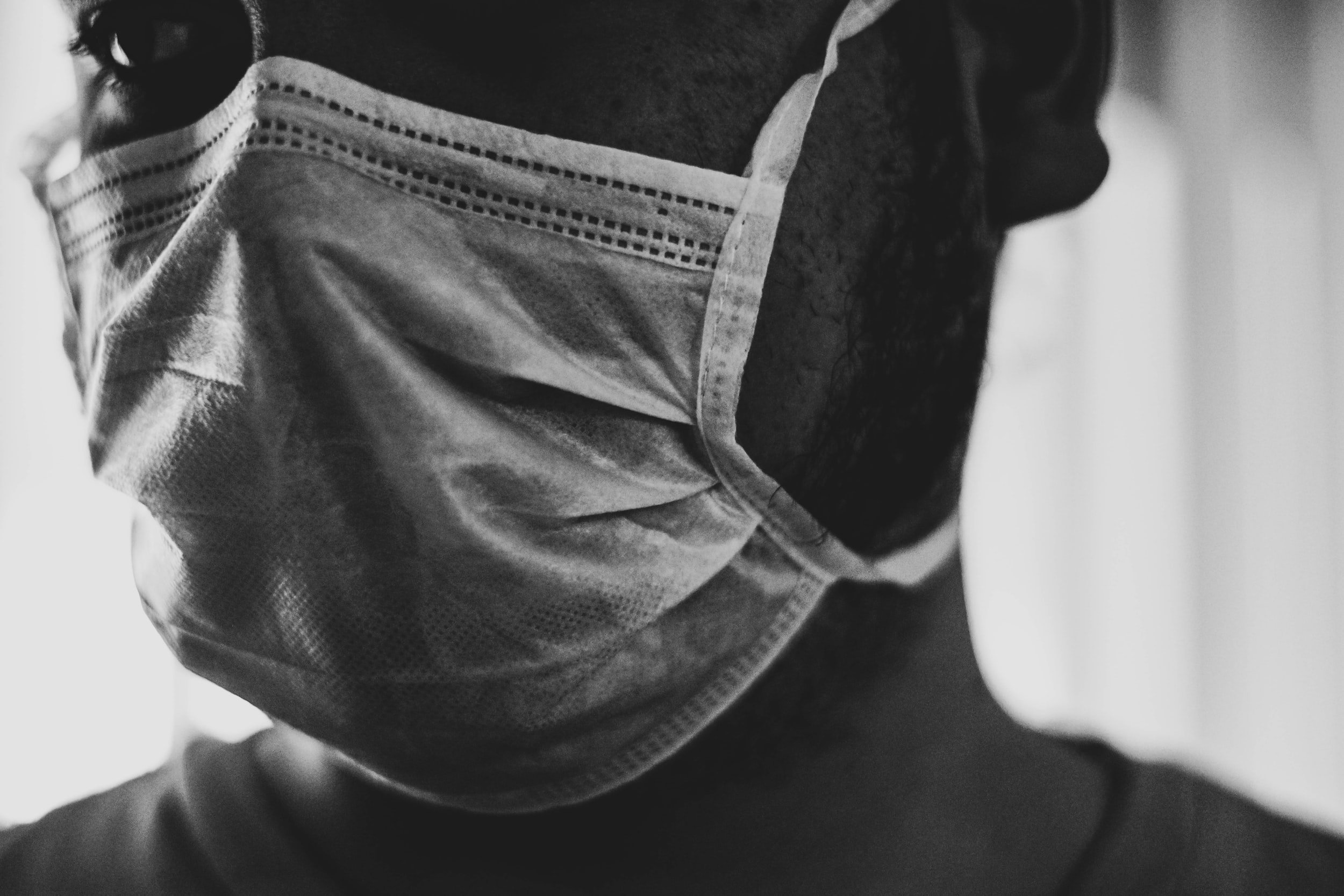Ghost in the shell
I saw him in the emergency center.
He was lost in the hustle and bustle known only to county hospitals battling the overwhelming demands of COVID-19. On top of it all, the hospital was having staffing difficulties, and the talk among the physicians was not if but rather when we, ourselves, would get it.
He was accompanied by his sister.
She was a caretaker who provided him the means to feed himself, walk, and put on his mask. She was, quite literally, the arms and legs he could barely use. She was his strength.
I introduced myself in Spanish, and together they told me his story.
Image credit: Unsplash
A few years of spasms were followed by an insidious, unrelenting, and progressive weakness. Seeking help in Mexico, he was told it was multiple sclerosis (MS). Even with my limited experience as a medical student, it just didn’t make sense. There was an ominous absence of deficits in sensation typical of MS. But misconstrued as it was, it gave him hope to know his diagnosis was treatable.
“He was alone. Stuck in an unfamiliar place, isolated behind a language barrier, and trapped in a body that had begun to betray him.”
A nurse arrived with orders that there was to be no visitation due to COVID-19. His sister had to leave.
I looked to the sister. She was filled with concern. Who would care for him? They could barely hear, let alone understand him. Who would feed him? He hadn’t even eaten since yesterday. Surely, we would care for him, but not the way she would have.
Compared to her, we were but a fraction.
How could we compare? For we did not see who he was before this illness. We did not know him. We did not love him like she did. He was alone. Stuck in an unfamiliar place, isolated behind a language barrier, and trapped in a body that had begun to betray him.
A ghost in the shell.
Image credit: Unsplash
A neurological exam revealed concerning findings.
Flickering muscle twitches, wasting, and weakness. Brisk reflexes followed by additional contractions that are never normal at his age. Diligently, I reported to my team of other medical students, resident doctors, and a more experienced supervising doctor who was familiar with this constellation of symptoms.
During rounds, the picture became clearer.
The attending doctor, a Spanish-speaker herself, gracefully took the history and conducted a physical. Eliciting reflexes with a single stroke, she uncovered findings too sensitive for my level of experience. I turned red hot in novice appreciation and gazed in awe as she solemnly did her duty. She left no rock unturned. Despite the concern that grew with every finding, she worked to exclude other possibilities. She so badly wanted to find another, more curable cause. She never did.
“These types of things,” she said, “always happen to the nicest people.”
Sensing something, the patient asked the attending what his diagnosis was. I could see his concern grow; the tension in the air was palpable. “Is she going to tell him?” I thought. But rather than rush to an unconfirmed, incurable diagnosis, she remained tactfully measured in her response.
Gently and kindly, she prepared him.
She began by telling him that there are ways to slow the progression. She refused to be a harbinger of doom. Yet the change in the patient’s inflection and a sudden welling of tears in his eyes communicated that he now understood the extent of what he was up against: an inevitable reality and an eventual death sentence were his to face.
And if this wasn’t too much already, he was to endure more still.
And so I held him as the resident performed a lumbar puncture. And I comforted him as a series of shocks and needles measured the electrical conductions of his nerves and muscles. And at the end of it all, the diagnosis we had suspected and feared the most became real: ALS (Amyotrophic lateral sclerosis).
Image credit: Unsplash
We threw everything we could at it, but we knew that his condition would continue to take and take from him, never returning what it had stolen.
But he didn’t let it take him.
His personality, his life, and his love were his and his alone. Resolute, he refused to let it defeat him. And while many say that it takes everything with it, he gave something invaluable to me: hope; a light in the darkness.
For there exists no darkness strong enough to extinguish the light of one candle.



